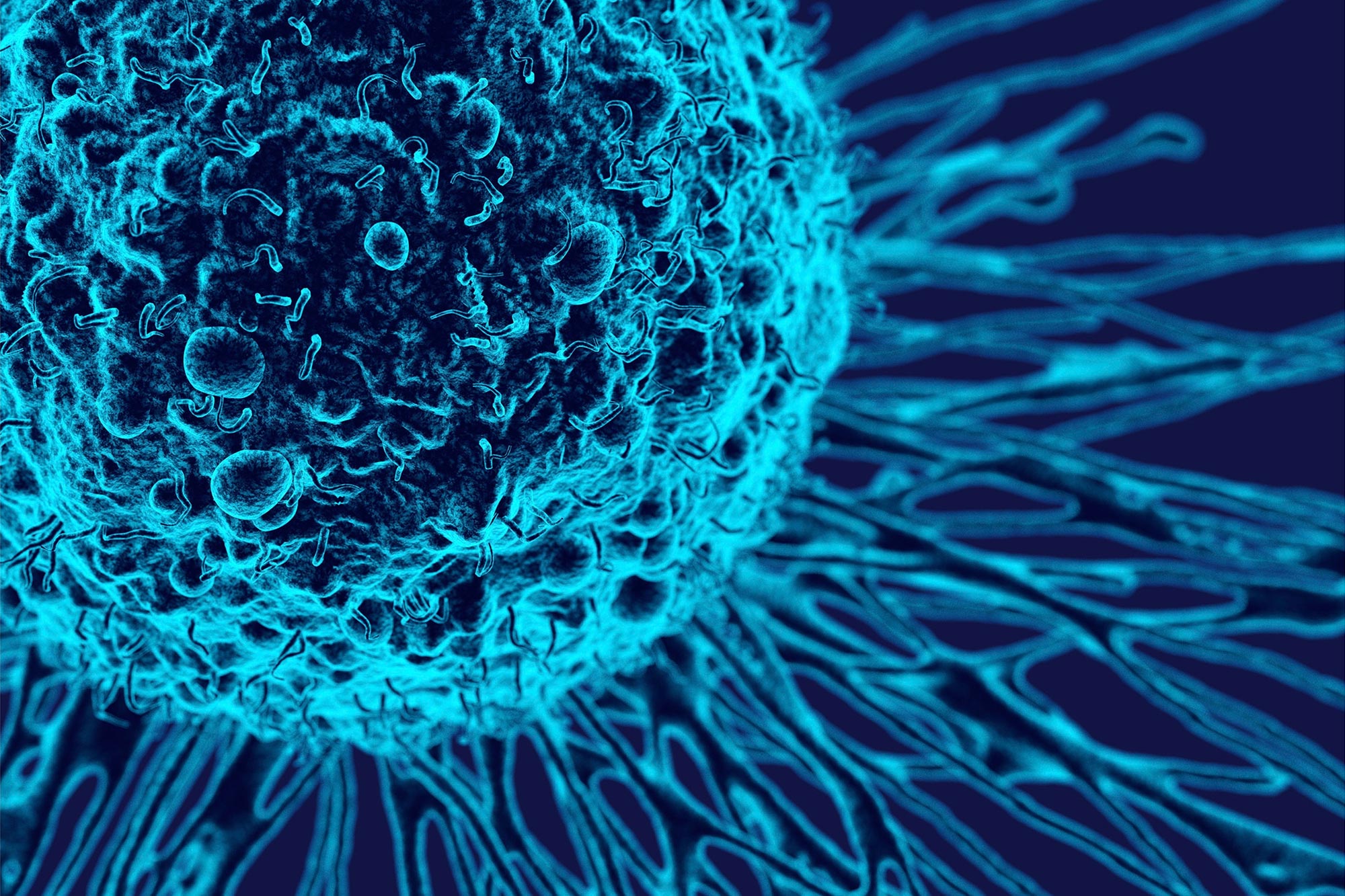Cancer's Kryptonite: Two Decades of Research Culminate in Game-Changing Breakthrough

Breakthrough Nano-Particles Trigger Cancer Cell Self-Destruction
In a groundbreaking preclinical study, researchers at the Perelman School of Medicine have unveiled a revolutionary approach to cancer treatment that could potentially transform how we combat various types of cancer. By developing tiny, precision-targeted particles, scientists have discovered a method to induce cancer cells to essentially "self-destruct" from within.
This innovative strategy represents a significant advancement in cancer research, offering a fresh perspective on a treatment concept that has been explored for decades. The nano-sized particles are designed with remarkable precision, capable of specifically targeting tumor cells while minimizing damage to healthy surrounding tissues.
The research team's approach marks a promising leap forward in oncological treatment, demonstrating remarkable potential across multiple cancer types. By engineering particles small enough to penetrate tumor environments and trigger internal cellular destruction mechanisms, researchers are opening new doors in the fight against cancer.
While still in the preclinical stage, these findings suggest an exciting potential for future cancer therapies that could provide more targeted, less invasive treatment options. The study highlights the incredible potential of nanotechnology in medical research and offers hope for more effective cancer interventions.

